Isopod: Nature’s Ancient Crustacean Architects
Isopods are a diverse group of crustaceans. They have an ancient lineage and show surprising adaptability. These amazing creatures are found in many places. They hide in tropical forests and swim in the deep ocean. Each isopod species shows clever evolution. The cute rubber ducky isopod, the tough giant isopod, and the tiny dairy cow isopod all highlight this.
Table of Contents
Scientific Classification
- Kingdom: Animalia
- Phylum: Arthropoda
- Subphylum: Crustacea
- Class: Malacostraca
- Order: Isopoda
This order includes many crustaceans. There are over 10,000 known isopod species. They can be free-living or parasitic.
Description / Physical Description
Isopods are fascinating creatures with a segmented, flattened exoskeleton that gives them a pill-like, armored appearance. Their bodies are split into three main parts: the head, thorax, and abdomen. They sport compound eyes and two pairs of antennae, along with seven pairs of jointed limbs, which are called pereopods.
Take the giant isopod, for instance—Bathynomus giganteus can reach an impressive 50 cm (20 inches) in length, making it the largest marine isopod known to science. On the other end of the spectrum, the charming dairy cow isopod (Porcellio laevis) is much smaller, at about 1.5 cm (0.6 inches). Its name comes from its unique mottled black-and-white pattern.
Then there’s the rubber ducky isopod (Bathynomus yucatanensis), which has really captured people’s imaginations. With its bright yellow color and round, cartoonish face, it’s no wonder that this little guy has inspired a wave of isopod plush toys in niche markets.
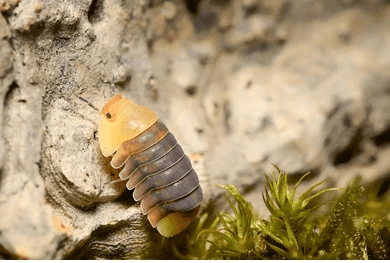
Range & Distribution
Isopods are fascinating creatures that can be found all over the world, from the icy polar regions to the warm equatorial zones. The terrestrial varieties tend to thrive in tropical and temperate climates, often hiding beneath rocks and layers of leaf litter. Meanwhile, marine isopods dominate both coastal waters and the deep sea, with some species living at astonishing depths of over 2,000 meters (6,500 feet).
Giant isopods and their ocean-dwelling relatives inhabit the Atlantic, Pacific, and Indian Oceans, and they’re particularly abundant along the continental slopes.
Habitat
The habitat diversity of isopods is extraordinary. Terrestrial varieties, such as the dairy cow isopod, like moist places. They prefer spots like rotting wood or damp stones. They breathe through pseudotracheae—modified gills—which require high humidity.
Aquatic isopods, by contrast, are found in every type of marine habitat. The deep sea isopod endures pitch-black waters with crushing pressure and near-freezing temperatures. Certain parasitic species live in fish gill cavities. They cause serious harm and are called isopod parasites.
Diet
Isopods are mainly detritivores, which means they play a crucial role in breaking down organic matter. They munch on decaying plant material, fungi, algae, and the remains of dead animals.
The giant isopod, with its large mouth and powerful jaws, feasts on whale falls and fish leftovers found on the ocean floor. Some isopods take on the role of predators or parasites. A notable example is Cymothoa exigua, which is infamous for replacing the tongue of its host fish.
Behaviour / Lifestyle
Isopods generally lead pretty laid-back lives. The terrestrial ones are mostly nocturnal, coming out at night to feed while avoiding dehydration. They often gather in groups to help keep moisture around them.
On the other hand, marine isopods, like the giant isopod, are opportunistic scavengers. They move slowly and deliberately, conserving energy in their challenging, low-food, high-pressure habitats. Parasitic isopods are quite crafty; they latch onto their hosts for a meal and typically don’t let go.
In isopod terrariums, you might notice some social behaviors like aggregation, where individuals display a bit of a communal vibe.
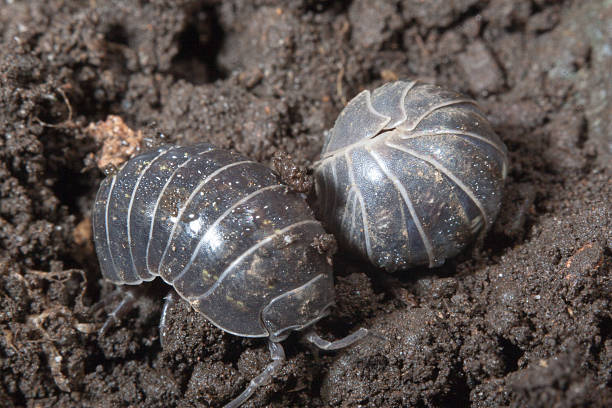
Lifespan
The lifespan of an isopod really depends on its species and the environment it lives in. Typically, terrestrial isopods have a lifespan of about 2 to 4 years in the wild, but they can live even longer when kept in captivity. On the other hand, giant marine isopods can exceed 5 years of life, and some estimates suggest they might even thrive for much longer in the stable conditions of the deep sea..
Adaptations
Isopods boast a suite of adaptations for survival across varied environments:
- Pseudotracheae: For breathing in moist terrestrial conditions.
- Calcified exoskeletons: Provide defense and prevent desiccation.
- Coloration: Many show cryptic coloring for camouflage.
- Conglobation: Some, like the pill bug, roll into a ball to protect their soft undersides.
- Enlarged pereopods: In giant isopods, these help navigate the deep-sea floor.
Deep in the abyss, deep sea isopods have slow metabolisms. This helps them survive on rare meals.
Mating & Reproduction / Reproduction & Lifecycle
Isopods reproduce sexually, with males using specialized appendages called pleopods to transfer spermatophores. Females have a brood pouch, or marsupium, where the fertilized eggs develop. Interestingly, the juveniles hatch as miniature adults, bypassing the larval stage entirely—a process known as direct development.
The rubber duckie isopod, similar to other Bathynomus species, produces fewer offspring in each clutch but puts more effort into ensuring their survival. In the deep-sea environment, brood care becomes crucial for their success.
Predators
Isopods face threats from various predators. Amphibians, birds, and small mammals hunt them. In water, fish and larger crustaceans also eat isopods. Their armored plates and shy behavior provide some protection. Still, many become prey, especially when they molt and their exoskeletons are soft.
Marine isopods face threats from benthic fish. Isopod parasites can be removed by the host’s immune system or grooming behaviors.
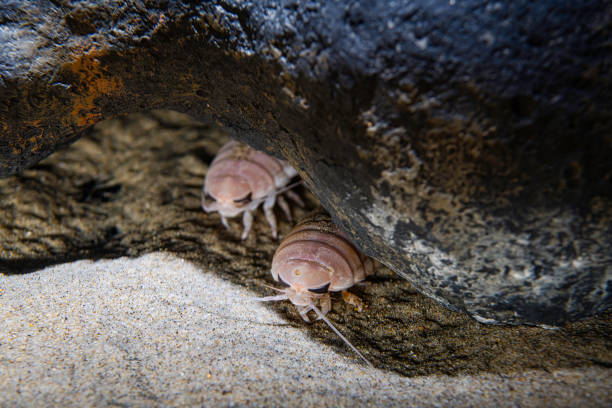
Conservation Status
When it comes to isopods, most of them aren’t facing immediate danger. However, they do face threats from habitat loss, climate change, and pollution, which can be particularly harmful to rare or specialized species. For instance, deep-sea trawling poses a risk to giant isopod populations, while urban development can jeopardize those living on land.
On a lighter note, the rubber ducky isopod has gained quite a following in the pet trade. This surge in popularity has raised concerns about overcollection. Unfortunately, there’s not a lot of formal documentation on this matter.
Interesting Facts
- The giant isopod size rivals that of a house cat—some individuals grow over 50 cm long.
- The rubber ducky isopod was officially described in 2022. It quickly became famous online.
- Some parasitic isopods can change how their hosts behave. This helps them finish their complex life cycle.
- Isopods are ancient. They have been around for over 300 million years, since the Carboniferous period.
As Pets
The trend of keeping isopod terrariums is really taking off, especially among those who love bioactive enclosures. Dairy cow isopods are not only resilient but also quite striking to look at. They help aerate the soil and break down waste, which is great for the environment. Plus, these low-maintenance pets thrive in humid conditions and require decaying leaf litter and bark to flourish.
Unique varieties, like the rubber duckie isopod, certainly catch the eye. But it’s important to be cautious. Overharvesting and improper care can negatively impact wild populations. While deep-sea species like giant isopods may seem fascinating, they aren’t suitable as pets due to their extreme habitat requirements.
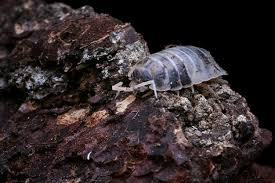
Classification of Species
Isopods can be grouped into several key ecological categories:
– Terrestrial isopods (like Armadillidium and Porcellio)
– Aquatic isopods (such as Asellus and Lirceus)
– Marine scavengers (for example, Bathynomus giganteus)
– Parasitic isopods (including Cymothoa exigua)
These creatures play a variety of roles, ranging from detritivores and scavengers to parasites, showcasing the incredible diversity of evolution.
Subspecies
Let’s dive into the fascinating world of isopods and explore some of their remarkable types and subspecies:
Giant Isopod (Bathynomus giganteus) – These impressive creatures can be found lurking in the Gulf of Mexico and the Western Atlantic.
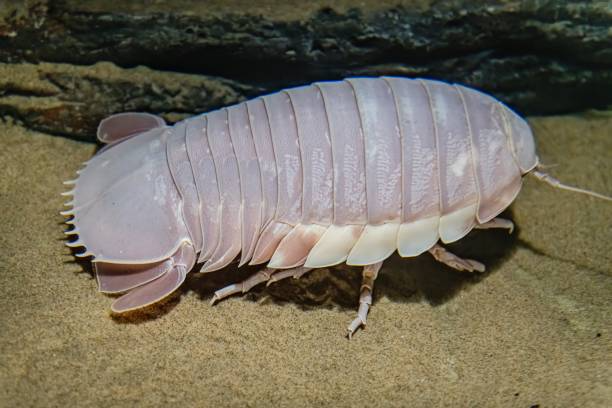
Rubber Ducky Isopod (Bathynomus yucatanensis) – A recent discovery from the Yucatán Peninsula that’s sure to catch your eye.
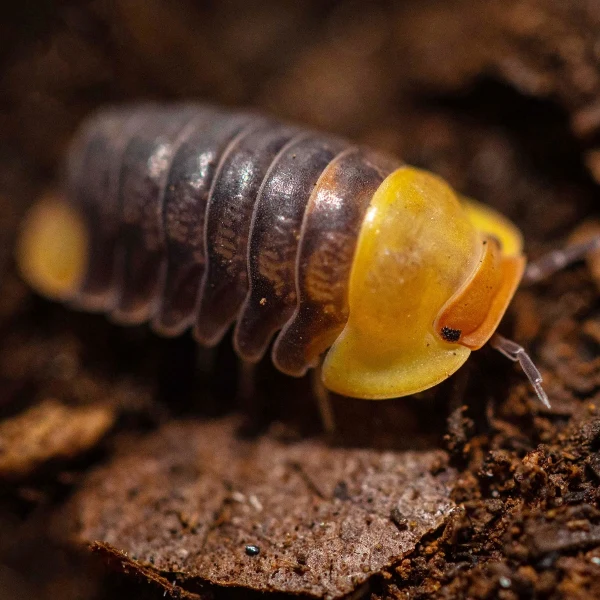
Dairy Cow Isopod (Porcellio laevis) – Named for its distinctive coloration, this isopod is a common sight in captivity.
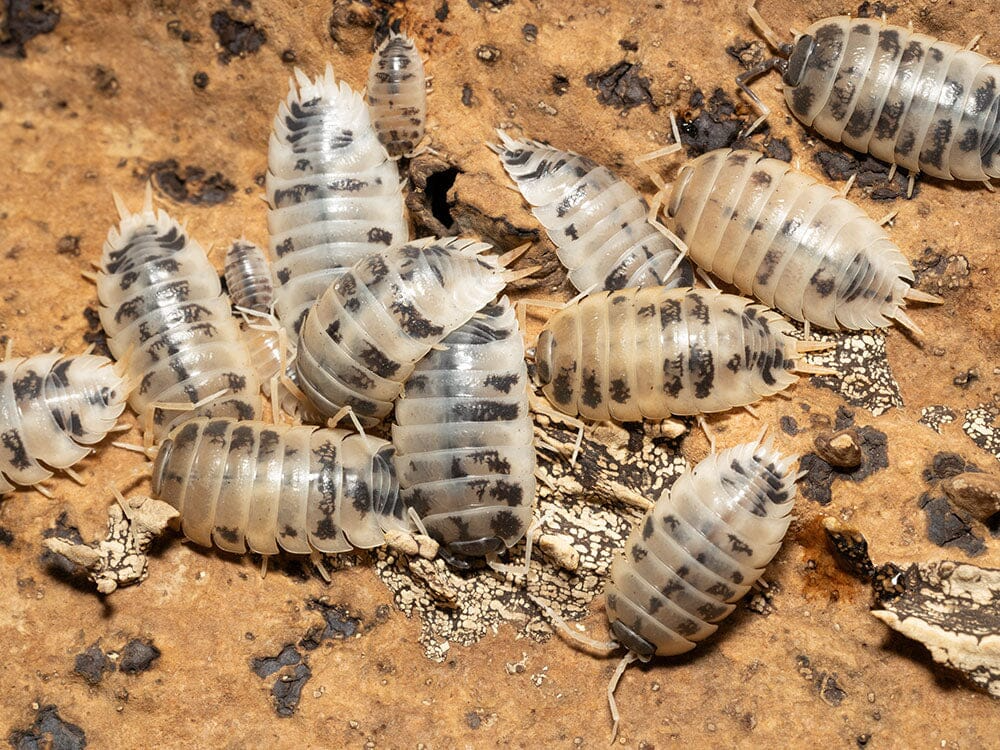
Tongue-Eating Louse (Cymothoa exigua) – This parasitic isopod has a rather unsettling lifecycle that’s both intriguing and grotesque.
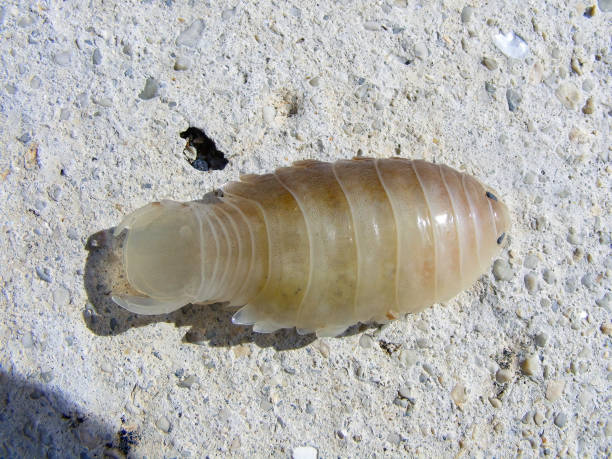
Common Pill Bug (Armadillidium vulgare) – You’ll find these little guys in gardens around the globe, famous for their ability to curl up into a ball when threatened.
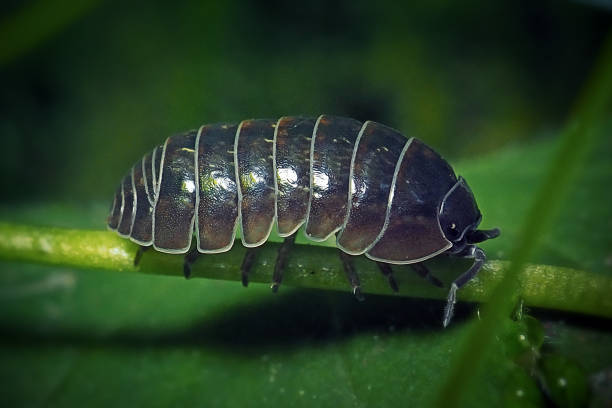
These small yet significant creatures highlight the incredible adaptability of crustaceans. Isopods, whether they’re scuttling through forests or dwelling in the depths of the ocean, challenge our perceptions of survival. They manage to thrive in some of the most surprising environments!

